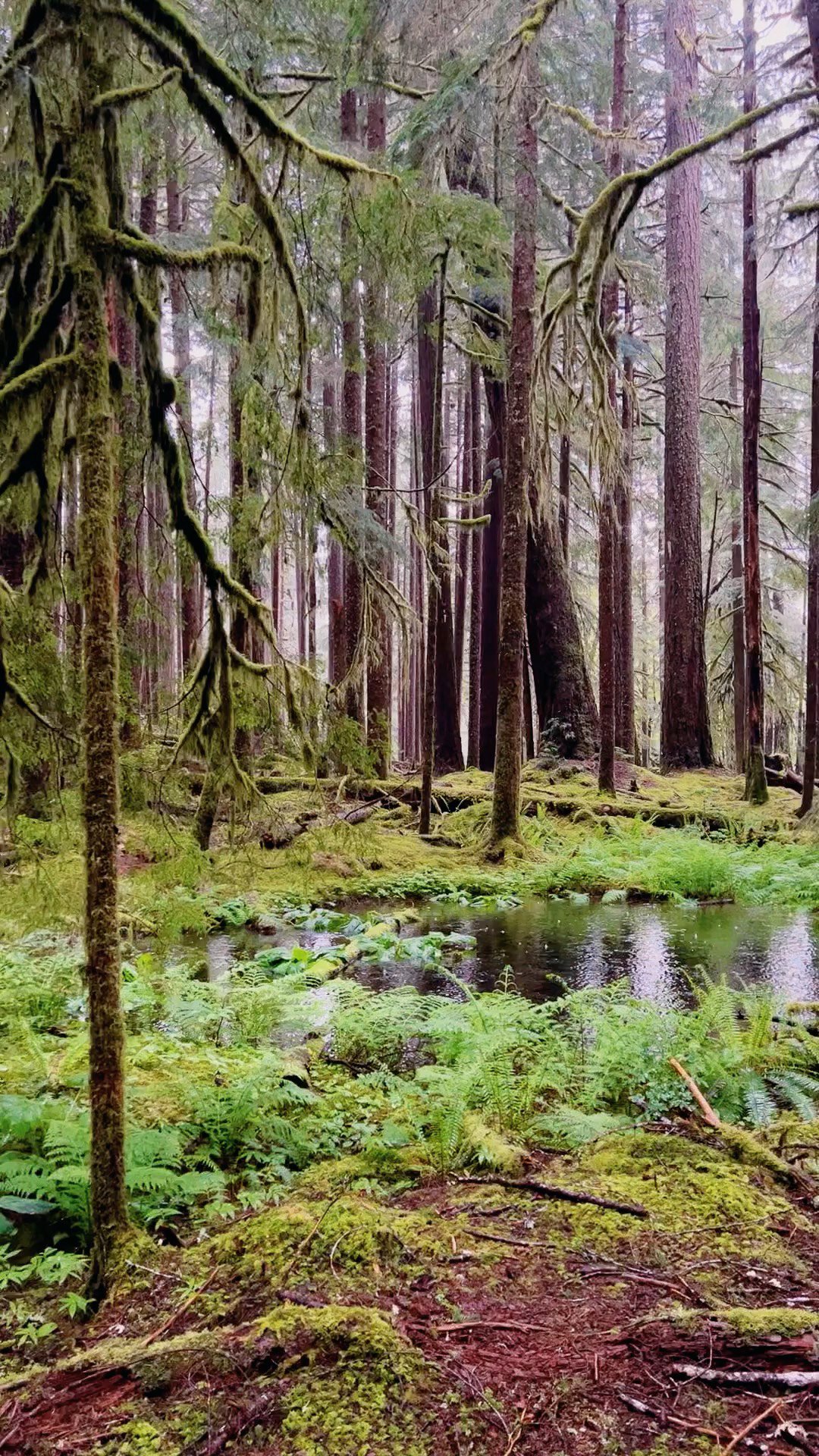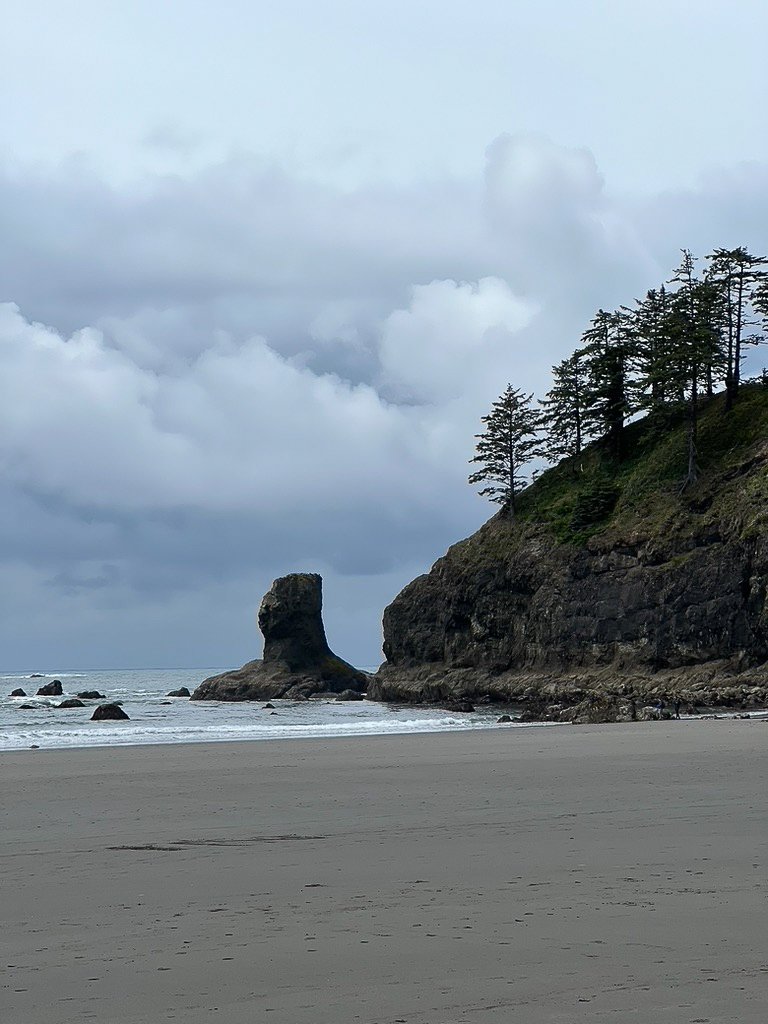
The Ecosystems of Olympic National Park
Olympic National Park, in the Pacific Northwest corner of Washington State, spans nearly one million acres and is a treasure trove of natural beauty. This park is unique for its diversity in ecosystems ranging from glaciated mountains and rugged Pacific coastline, to lush temperate rainforests. These are unique habitats for endemic species like the Olympic marmot and the Olympic torrent salamander. The park's rich biodiversity and unique abundance of plant and animal species make it a haven for wildlife enthusiasts, offering sightings of sea otters, whales, beavers, bears, and more.
This article explores the distinct ecological regions of Olympic National Park including its coastal ecosystems, temperate rainforests, lowland forests, alpine areas, and the intriguing life within its rivers and lakes. Through these sections, readers will gain insights into the park's fascinating history, the crucial role it plays in wilderness conservation, and why it's a must-visit for anyone interested in backpacking, exploring glaciers, or soaking in natural hot springs.

Discover UNESCO World Heritage Sites in the Western U.S.
The United States ratified the World Heritage Convention on December 7, 1973, demonstrating a commitment to identify, preserve, and celebrate the world's most significant natural and cultural landmarks. The Western U.S. is home to several breathtaking UNESCO listings, including renowned parks like Yosemite and Olympic National Park.
This article explores a couple iconic UNESCO World Heritage Sites in the Western U.S., including the majestic landscapes of Yosemite, the ancient Redwoods, and the unparalleled beauty of Olympic National Park. The journey doesn't stop at these well-known landmarks; it also touches on the importance of these sites to cultural heritage and conservation efforts, as well as the critical role visitors play in their preservation. Discovering these treasures not only enriches our understanding of natural and cultural significance but also emphasizes the responsibility shared by all to protect these wonders for future generations.